Cosmetic Dentistry, Teeth Straightening
Making the Switch: When Braces Work Better Than Invisalign
Orthodontic treatment is a journey, and like any journey, sometimes the path you start on isn’t the one you stay on. Many people begin straightening their teeth with Invisalign, expecting a smooth and discreet experience, only to discover that it’s not quite the right fit for them. If you're in the middle of Invisalign treatment and wondering if switching to traditional braces might be the better move, you're not alone.
At Nu Dentistry Missouri, we see this scenario more often than you might think. Whether it’s due to comfort, compliance, or more complex dental needs, some patients find themselves questioning their choice partway through. And here’s the good news: switching from Invisalign to braces isn’t a step backward, it’s a smart move when needed.
Let’s explore why some people make the switch, what the process involves, and how it might impact your overall treatment timeline and results.
Why do some patients switch from Invisalign to braces?
Invisalign has earned its reputation as a comfortable, almost invisible alternative to metal braces. But it’s not ideal for everyone. Several reasons may lead someone to switch to traditional braces, even after starting with clear aligners.
1. Compliance is harder than expected:
Invisalign only works when the trays are worn 20–22 hours per day. That means taking them out only to eat, drink (anything other than water), and brush. For some patients—especially teens or those with busy lifestyles—this level of commitment proves difficult. Skipping hours here and there can delay progress, or worse, reverse it.
Braces, on the other hand, are fixed in place. There’s no forgetting to wear them, and they work 24/7 without requiring self-discipline to keep them on.
2. More complex cases emerge:
Sometimes, a patient’s dental needs turn out to be more complicated than initially thought. Severe crowding, significant bite issues, or unexpected tooth movements can make Invisalign less effective. If your teeth aren't tracking properly (i.e., not moving as planned), it may be time to reevaluate.
Braces can offer more control over individual tooth movement and allow orthodontists to make precise adjustments that clear aligners may struggle with in complex cases.
3. Frustration with attachments or refinements:
While Invisalign is marketed as tray-only treatment, many patients require attachments—small, tooth-colored bumps that help guide movement. These can become annoying or unsightly.
Add to that the possibility of needing multiple refinements (extra sets of trays to tweak results), and what seemed like a convenient option can feel like a never-ending cycle.
4. Cost and insurance considerations:
Sometimes insurance coverage changes mid-treatment. If you’re no longer covered for Invisalign or need a more budget-friendly solution, switching to braces may offer financial relief.
5. Trays keep getting lost or damaged:
Invisalign requires care—losing a tray, damaging it, or forgetting to switch to the next set on time can all derail progress. For patients prone to losing things or those with unpredictable schedules, braces can be a more reliable alternative.
How hard is it to switch from Invisalign to braces?
Switching isn’t as dramatic or complicated as it sounds, especially when done under the care of an experienced orthodontic team. In fact, the transition process is often straightforward and starts with a simple consultation.
1. Evaluation of current progress:
Before making the switch, your dentist will assess how far you've come with Invisalign. We’ll look at whether the trays have been effective so far and what changes—if any—are needed in your treatment plan.
You might also need updated X-rays or digital scans. These help us understand how your teeth have responded to the aligners and what adjustments braces will need to make.
2. Developing a new treatment plan:
Braces and aligners work differently, so your dentist will create a custom braces treatment plan based on your new goals and progress. This plan will consider everything: bite correction, alignment, jaw position, and your aesthetic goals.
If you were already nearing the end of your Invisalign plan, your time in braces may be relatively short. But if your teeth haven't shifted much, the braces plan might look more like starting from scratch. Either way, it’s tailored specifically to your mouth and your needs.
3. Removal of attachments:
If your Invisalign trays included attachments or buttons, these will be polished off your teeth before placing the braces. It’s a quick and painless process.
4. Getting the braces put on:
The actual process of putting on braces usually takes about one to two hours. Brackets are bonded to your teeth, and a wire is threaded through them. You might feel a bit of pressure or discomfort afterward, but it generally fades in a few days.
We’ll also walk you through how to care for your braces, what foods to avoid, and how to manage any soreness in the early days.
Will switching affect my treatment time or results?
This is one of the most common concerns—and for good reason. If you’ve already invested months into Invisalign, it’s natural to wonder whether switching will undo your progress or stretch things out.
The short answer: it depends on your case.
1. If Invisalign was effective up to a point:
If your teeth have already shifted significantly with Invisalign and are close to your desired alignment, switching to braces might only add a few extra months to complete fine-tuning.
Your results are preserved and improved—not lost. Braces will just take over where the trays left off.
2. If Invisalign wasn't doing the job:
In some cases, teeth may not have moved much with aligners—either due to lack of wear time, incorrect fit, or resistance from your teeth. In that case, braces might take a little longer to get your smile on track, simply because they’re starting with less progress.
However, you’re more likely to see noticeable changes once braces are in place, especially if your case requires complex movement.
3. The outcome can be just as good—or better:
One important thing to keep in mind: the goal is a healthy, aligned smile. That’s what matters most. Braces might offer more precise control than Invisalign, especially for issues like rotation, spacing, or bite correction.
So even if your timeline shifts a bit, the result may actually be better than what aligners could have achieved on their own.
Making the decision: Should you switch?
Switching from Invisalign to braces isn’t admitting defeat—it’s choosing what works best for your teeth, lifestyle, and long-term oral health.
At Nu Dentistry Missouri, we always aim for the most efficient and effective path to a beautiful smile. If that means starting with Invisalign and ending with braces, we’re fully equipped to make that transition as smooth and supportive as possible.
Every patient is different, and our job is to guide you through your options based on real results—not just expectations. We’ll talk you through the pros and cons, costs, estimated timeframes, and what to expect so you feel fully confident in your choice.
Still unsure? Let’s talk
If your Invisalign trays aren’t giving you the results you hoped for—or you’re just tired of the routine and want a more reliable alternative—it might be time for a switch.
We’d love to hear about your experience so far and help you figure out your next steps. Whether you’ve just started Invisalign or are months into treatment, our team is here to support your smile journey at every stage.


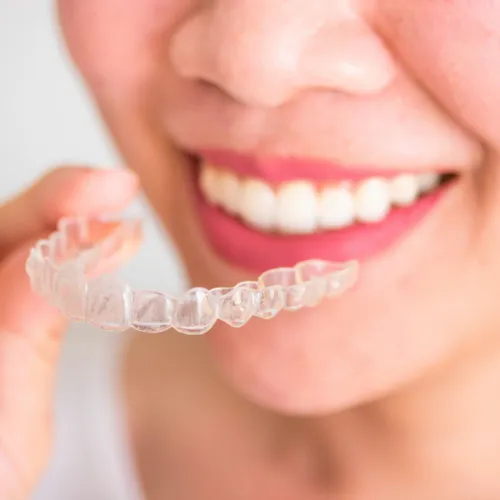
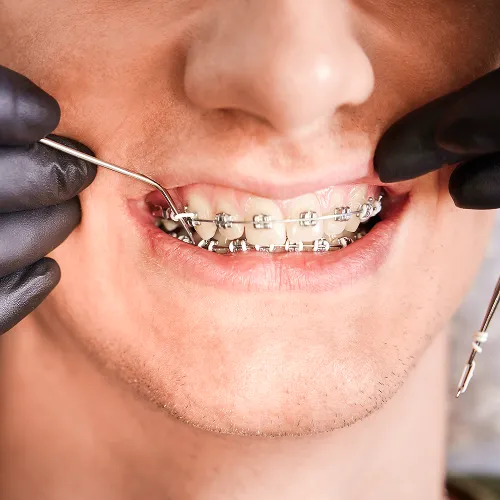
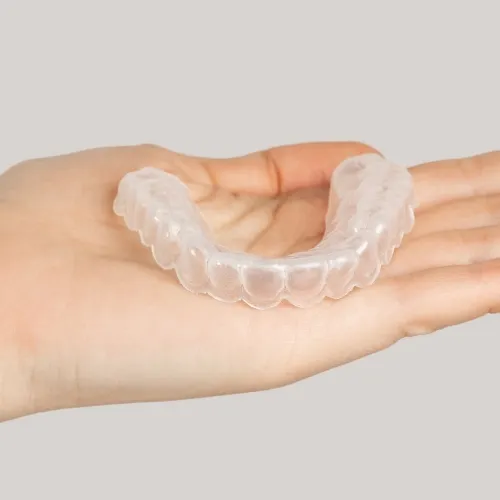
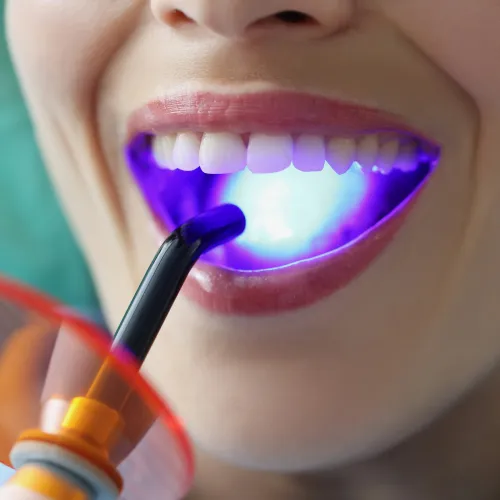
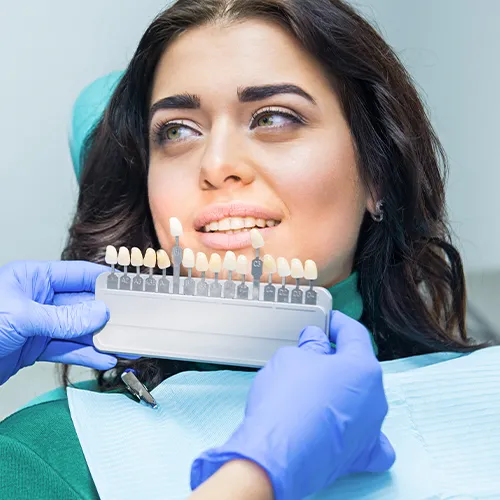

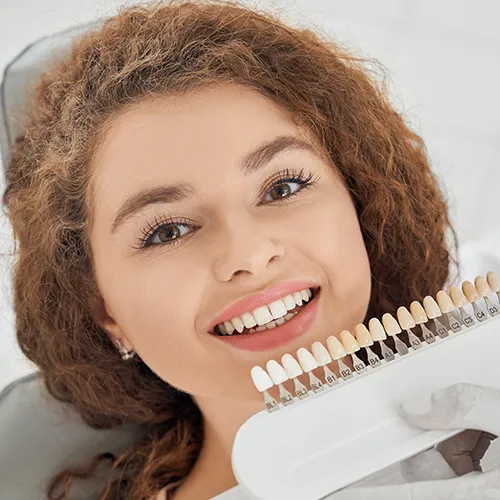
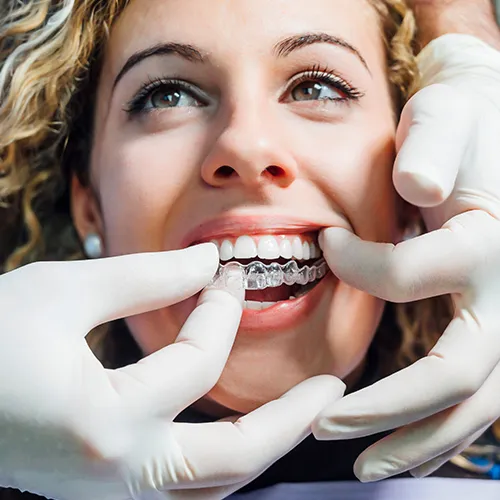

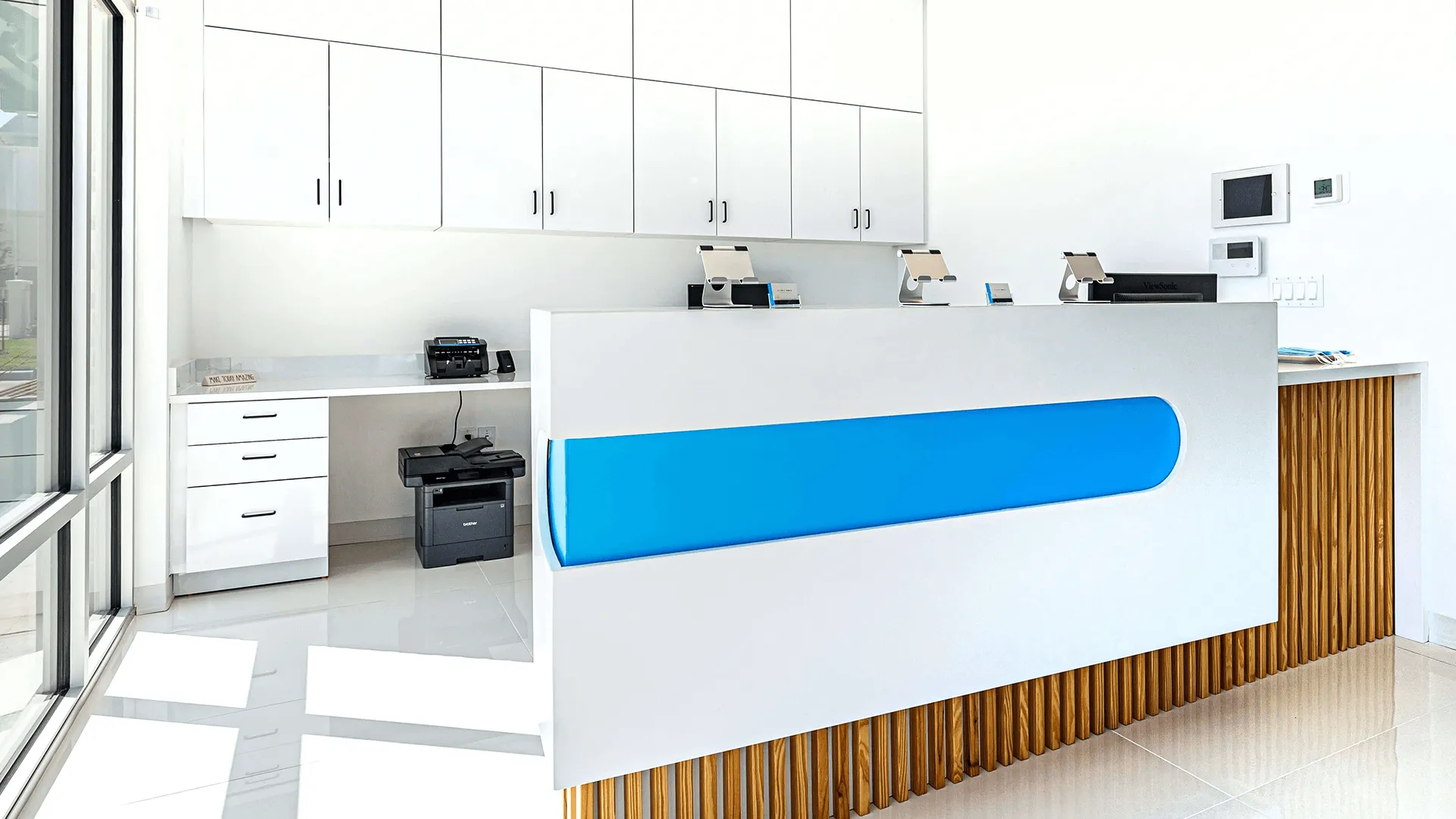

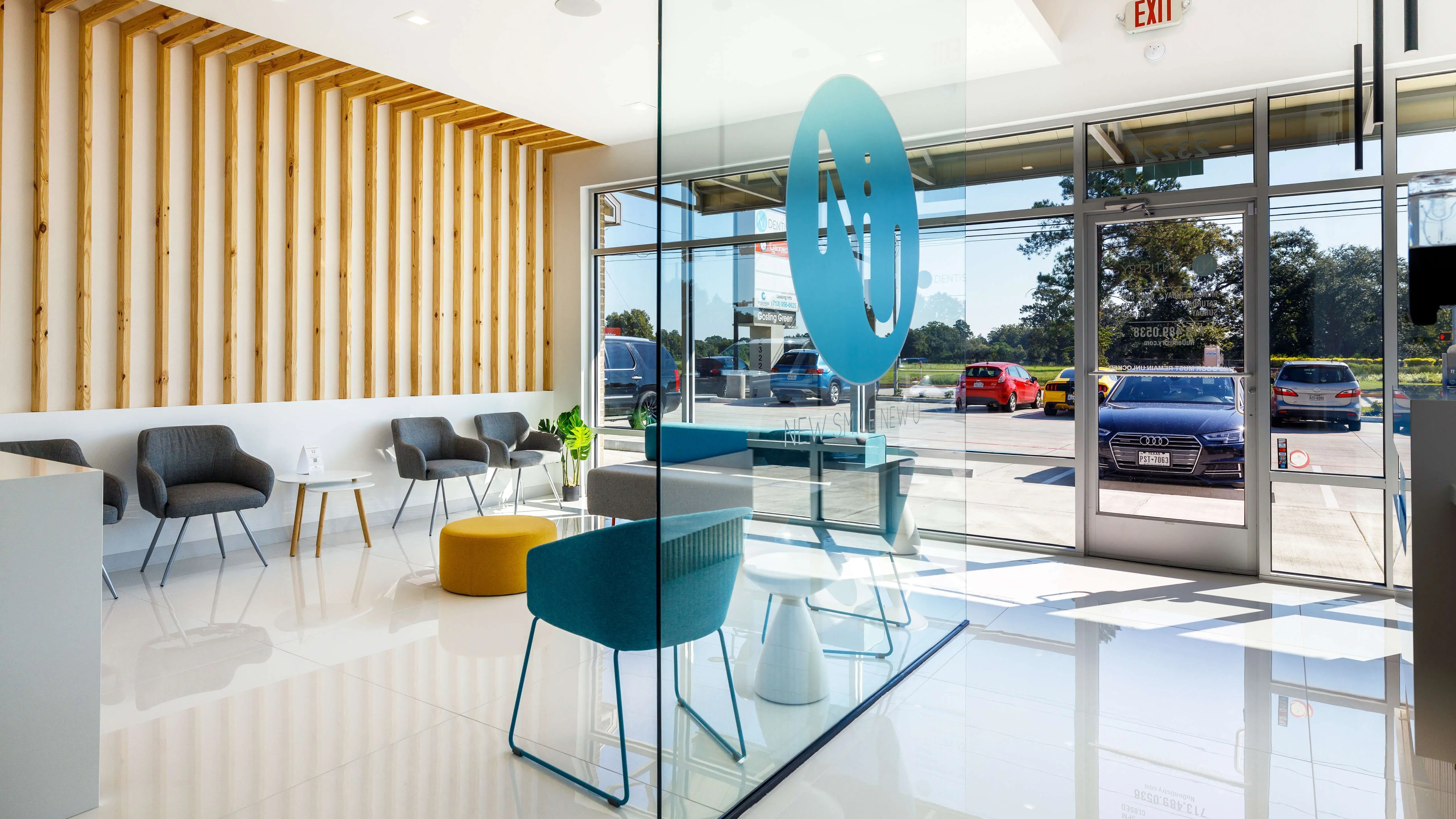
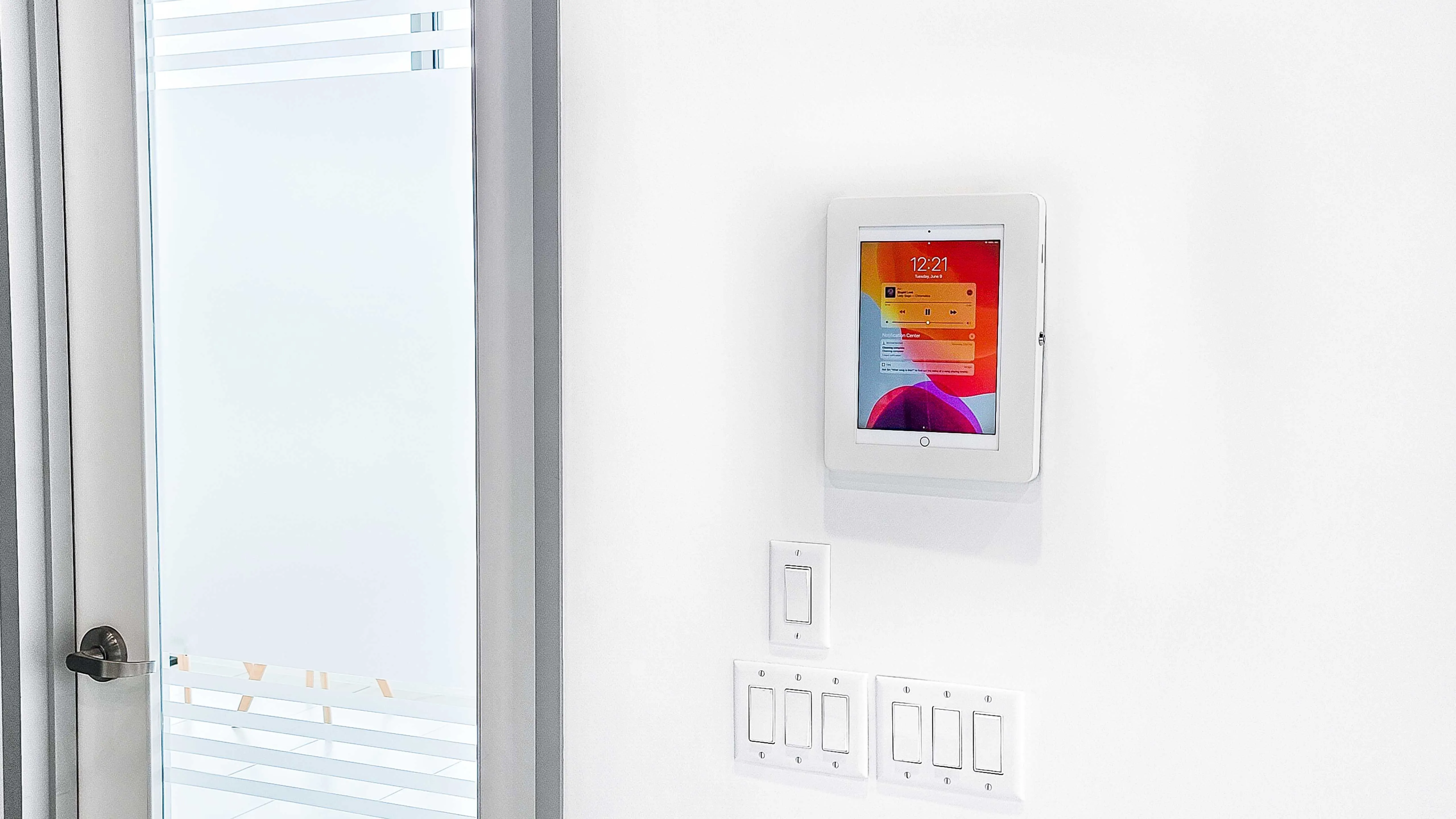
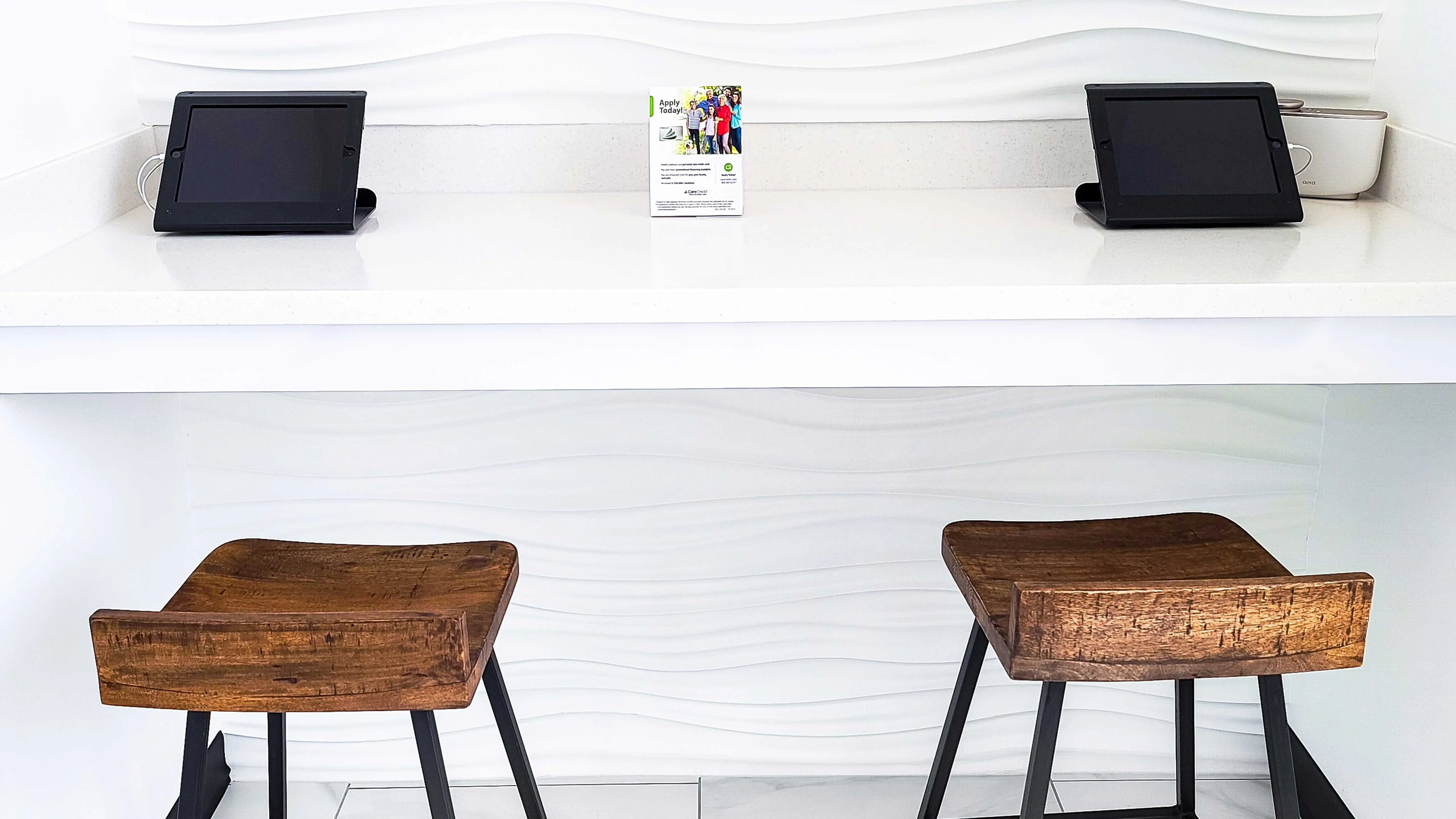
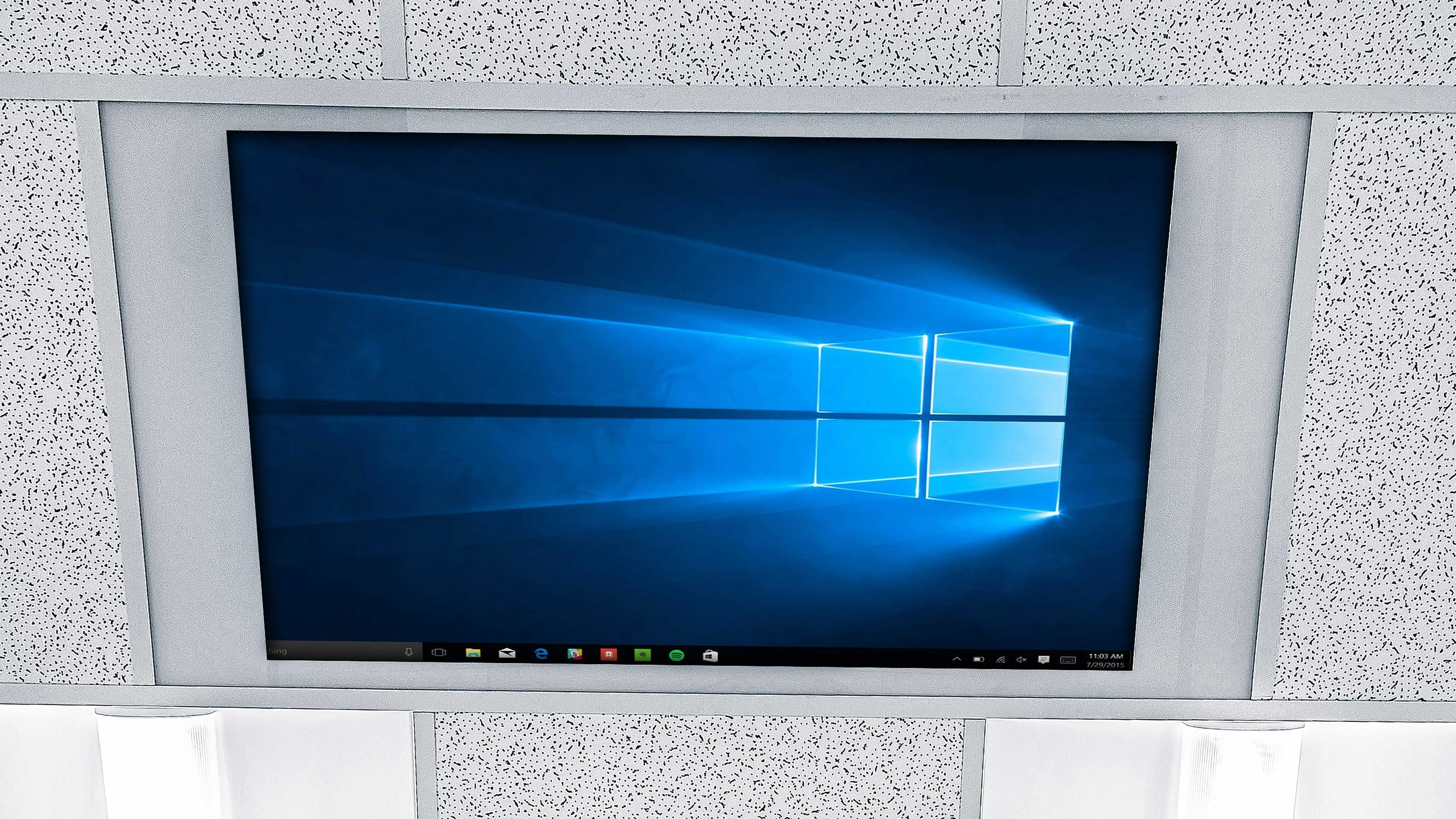

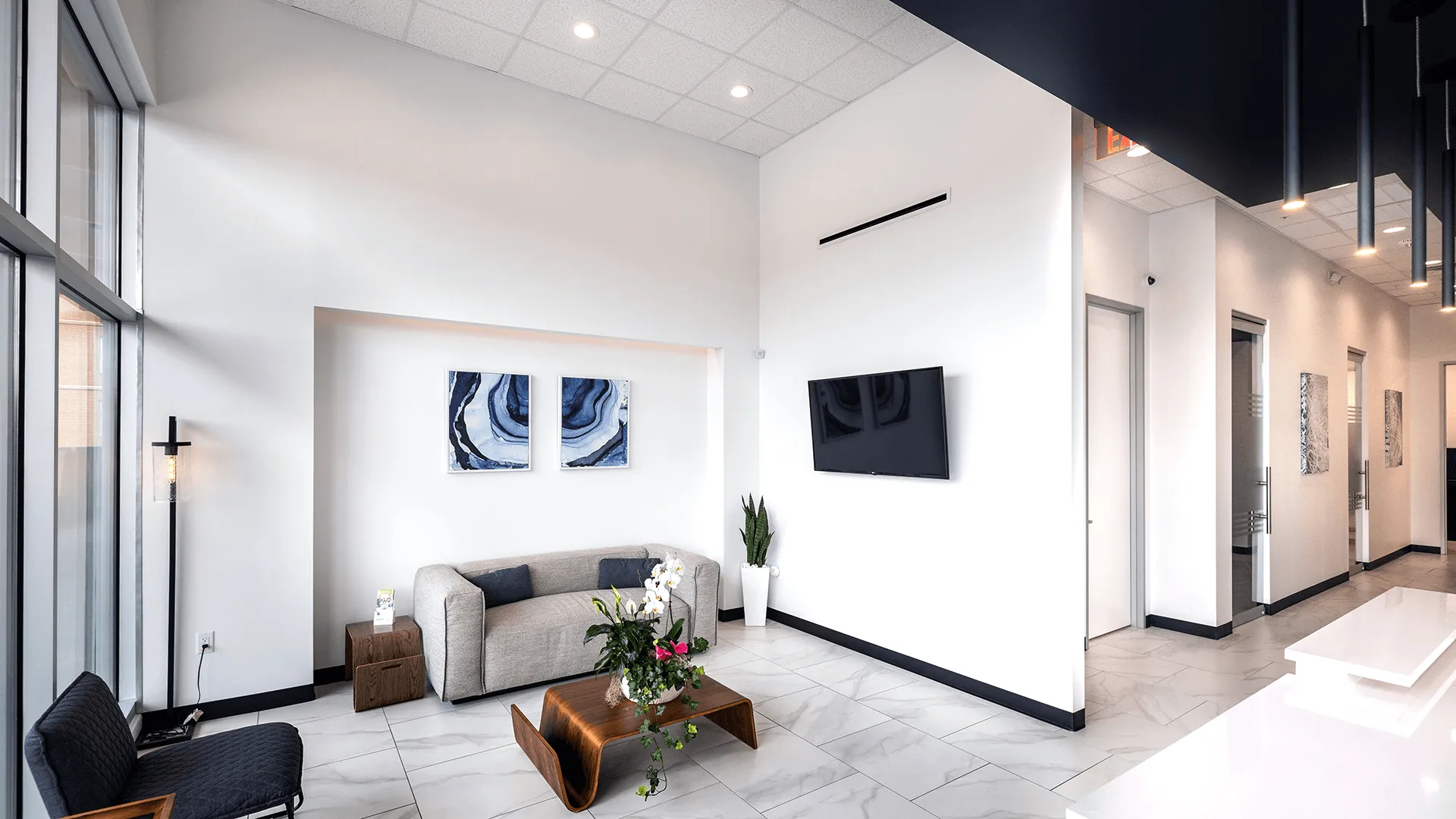
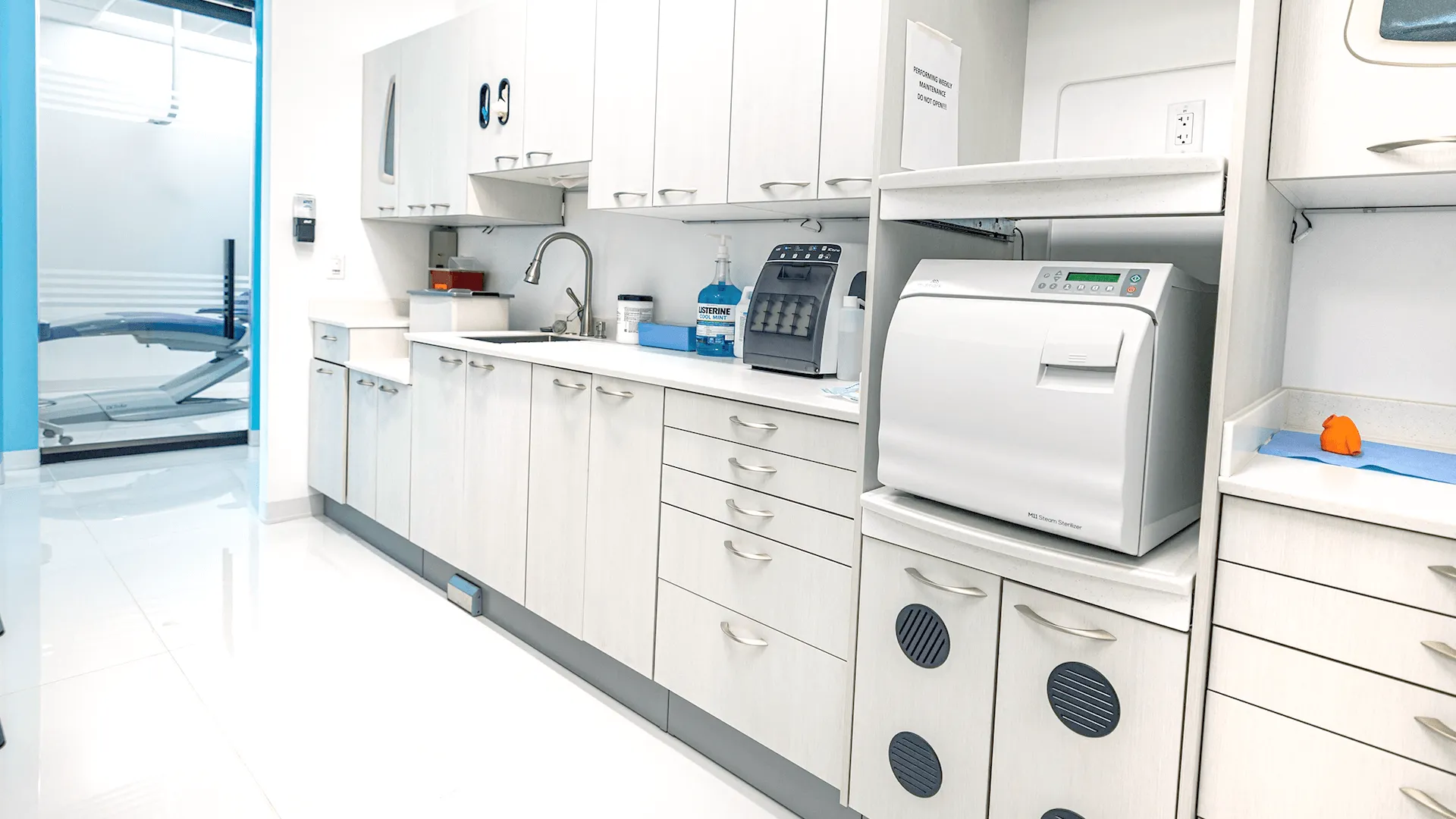
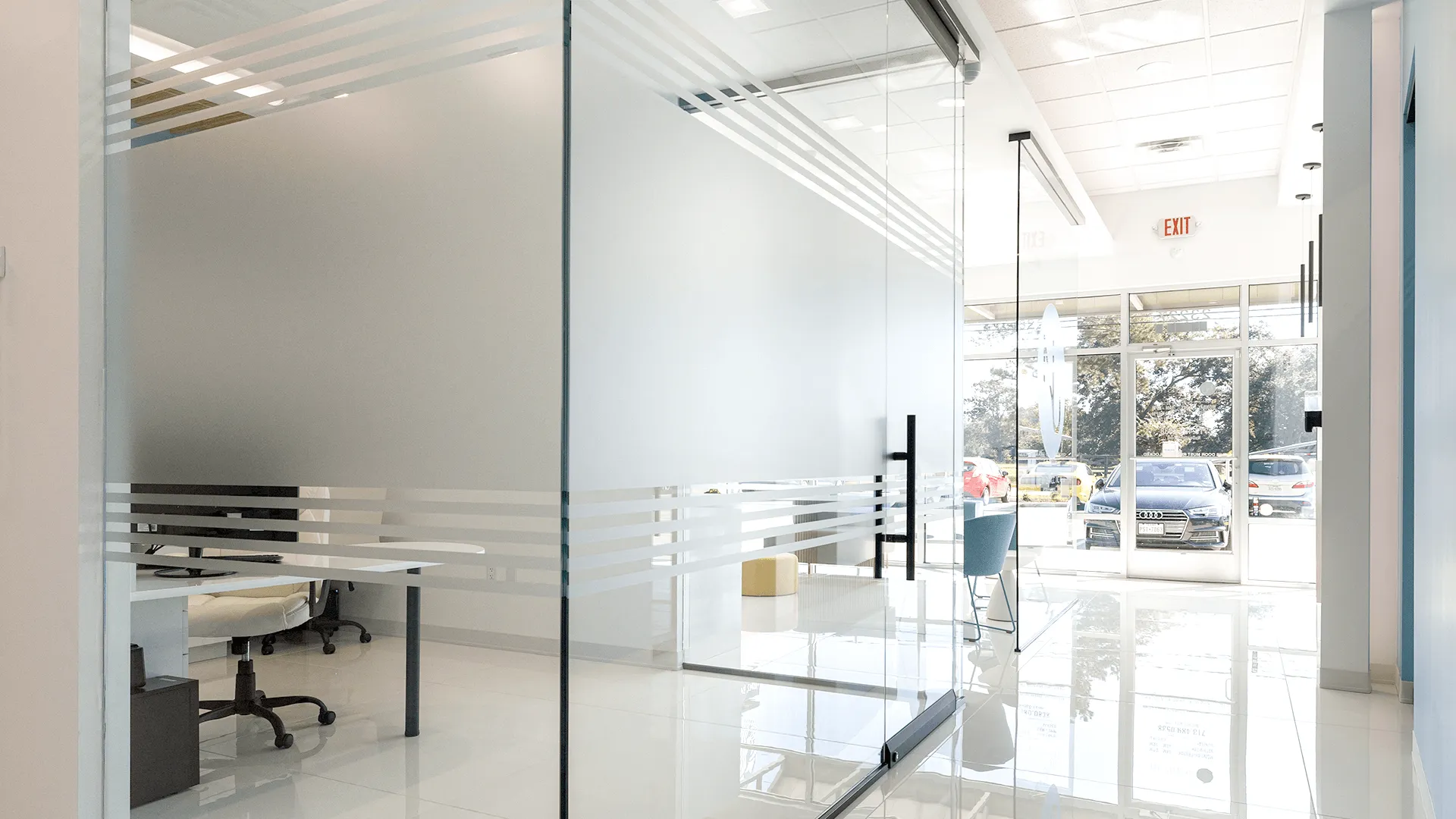

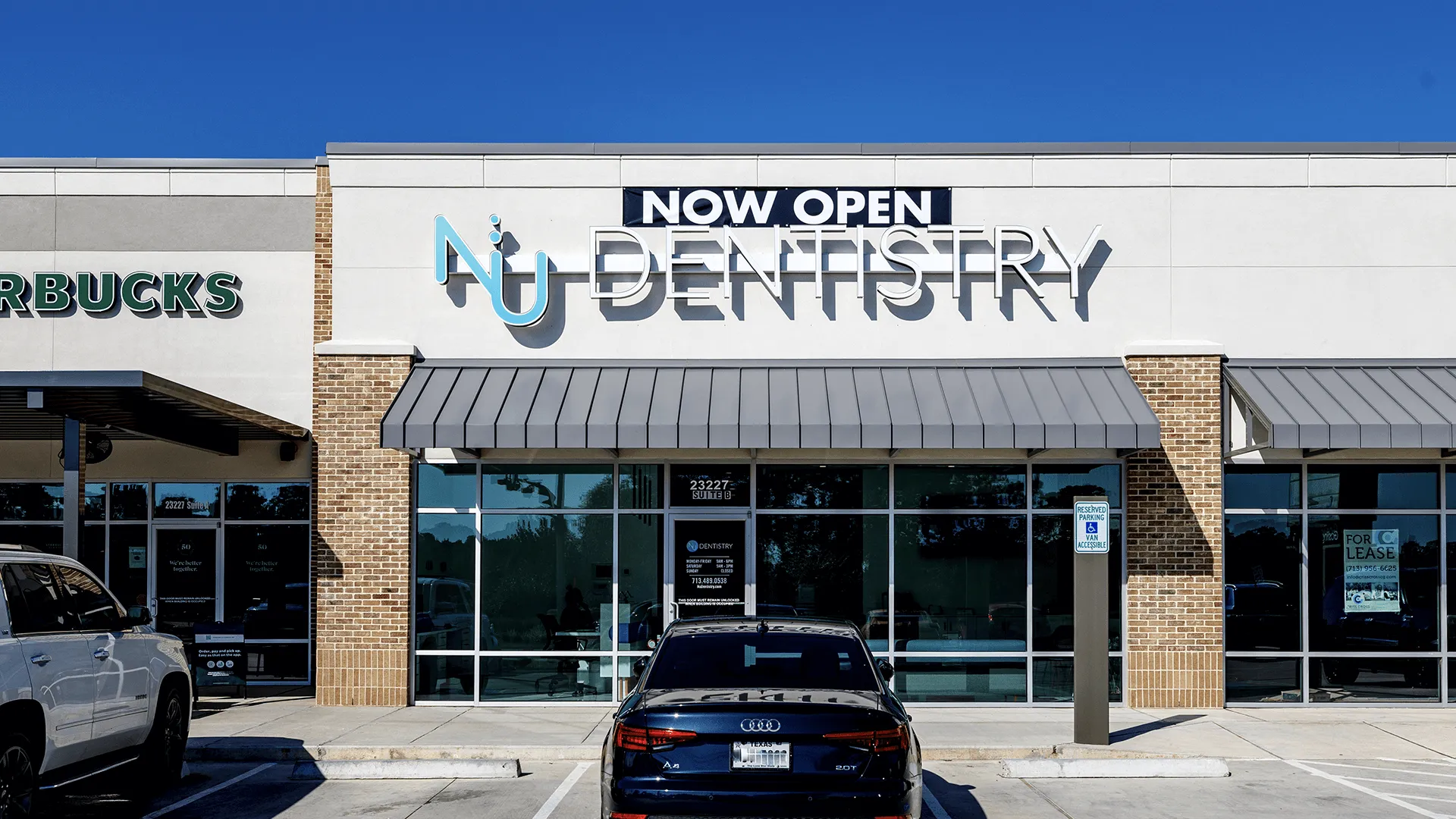
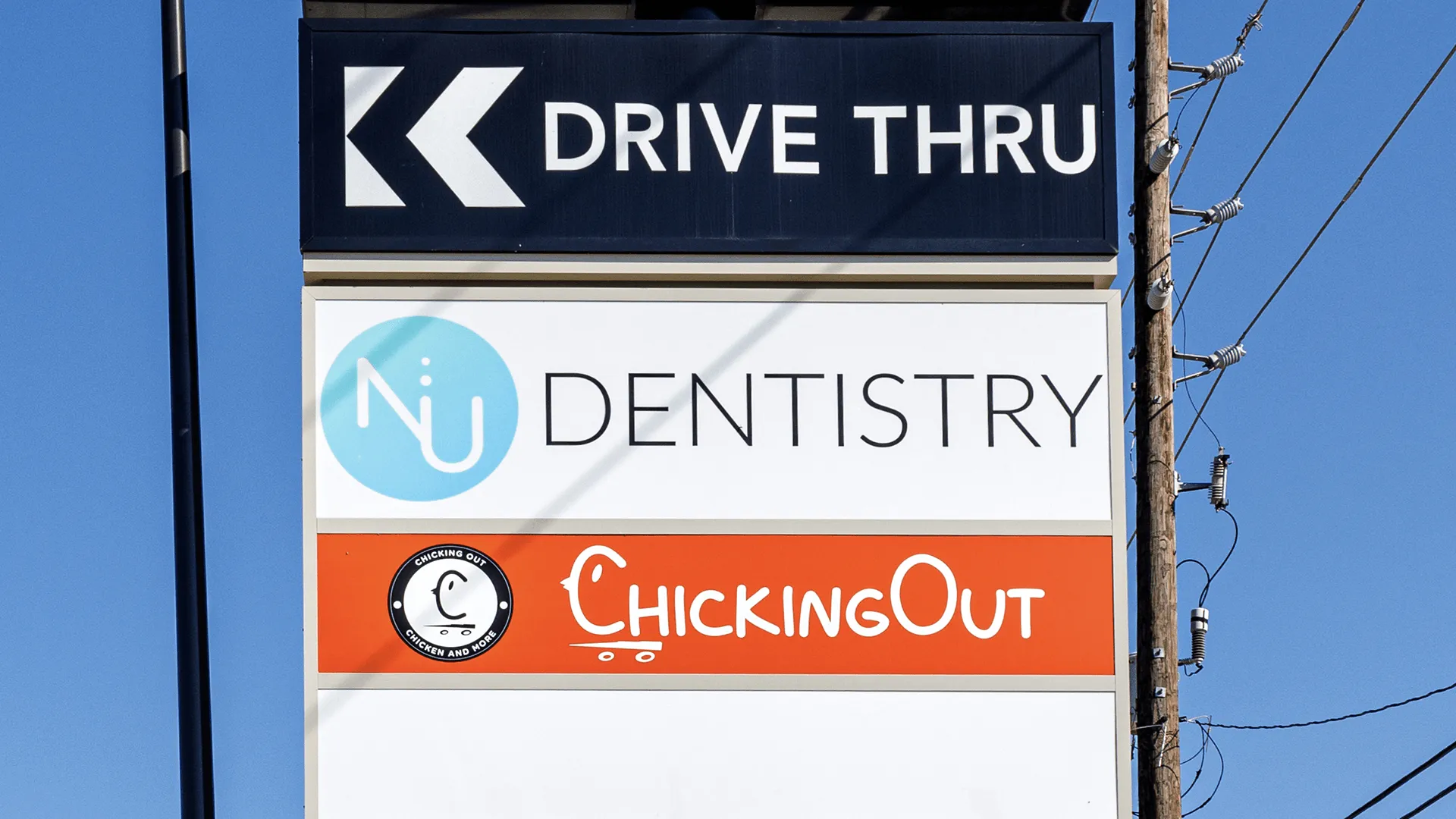
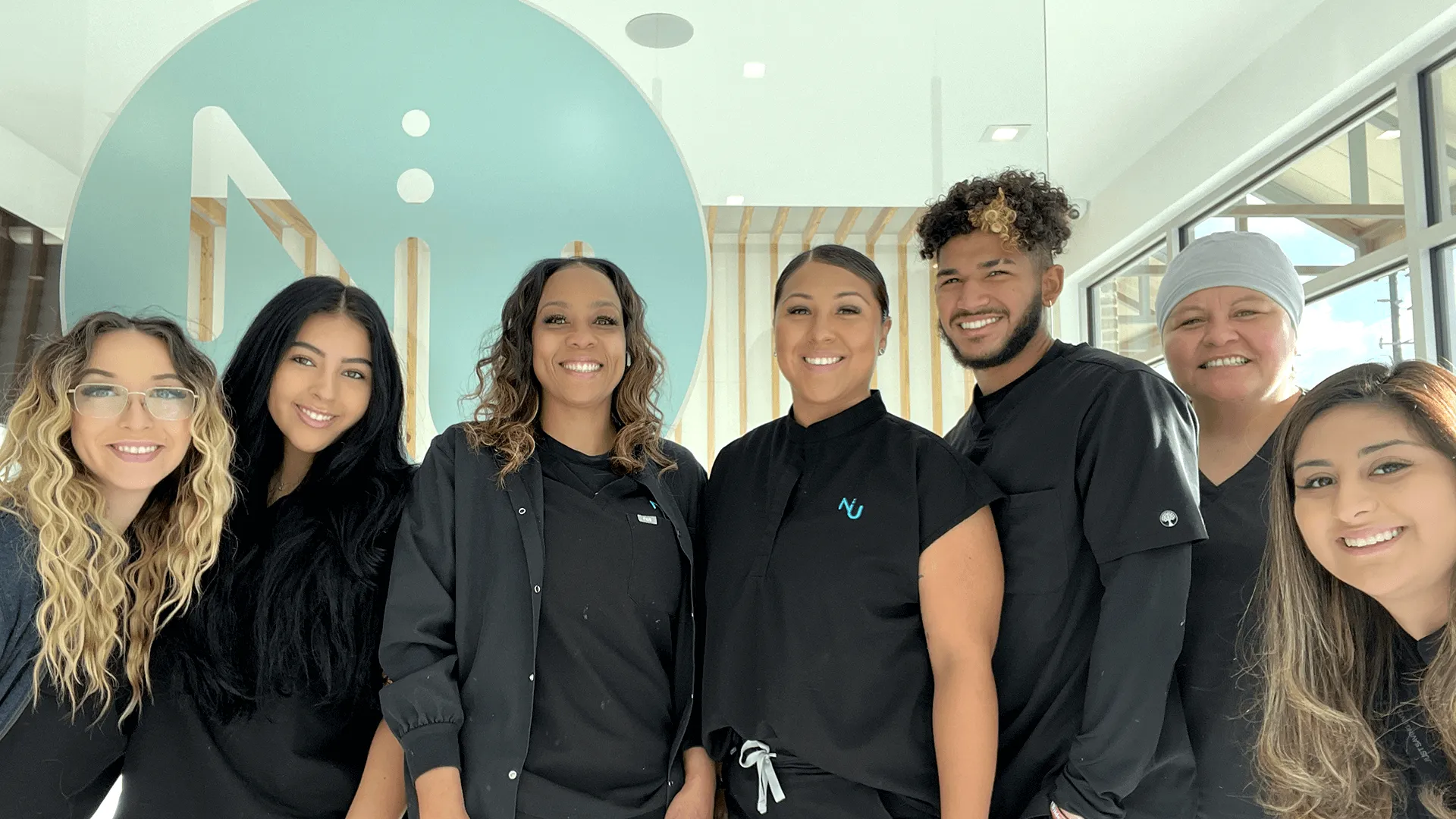

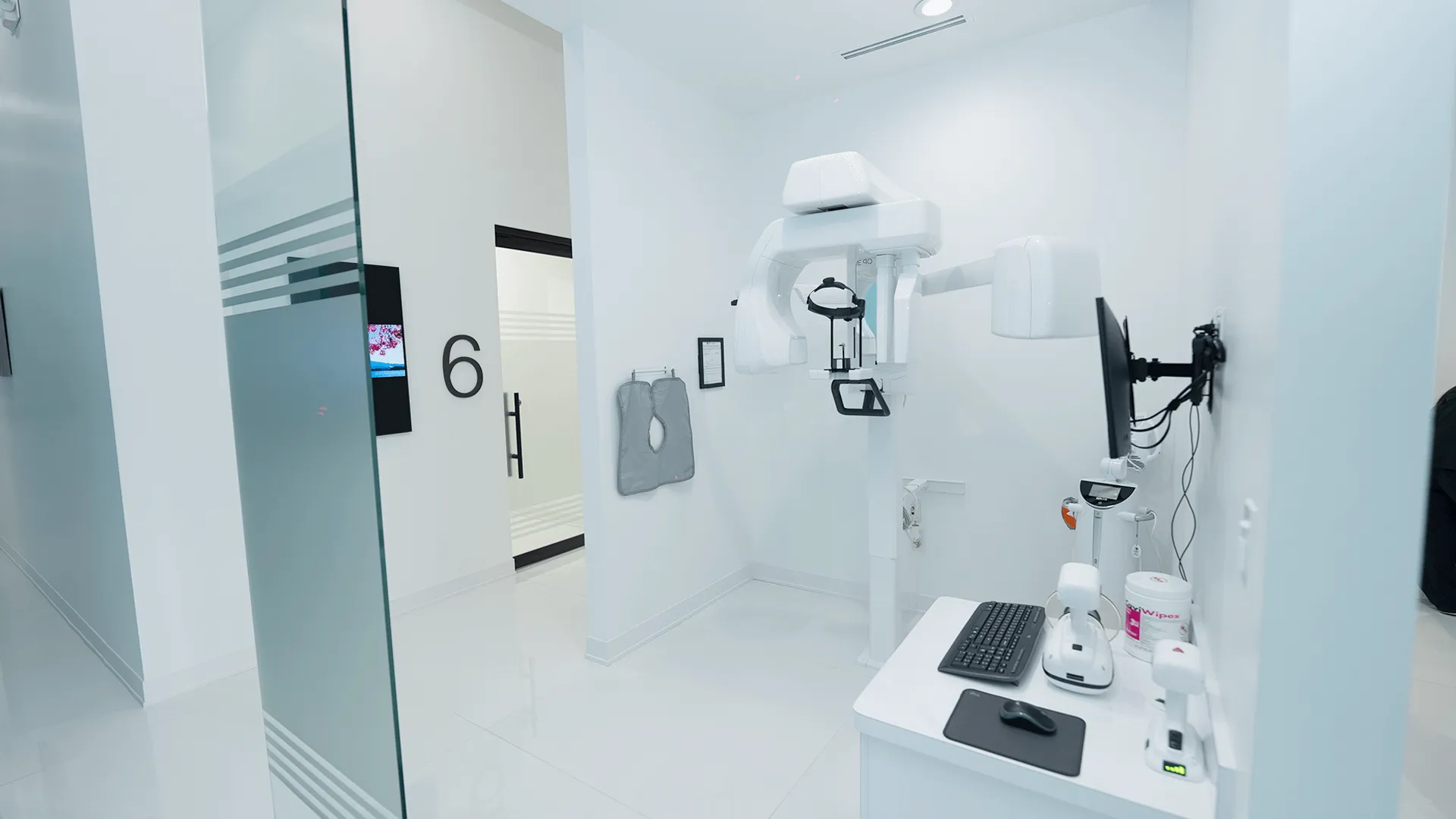
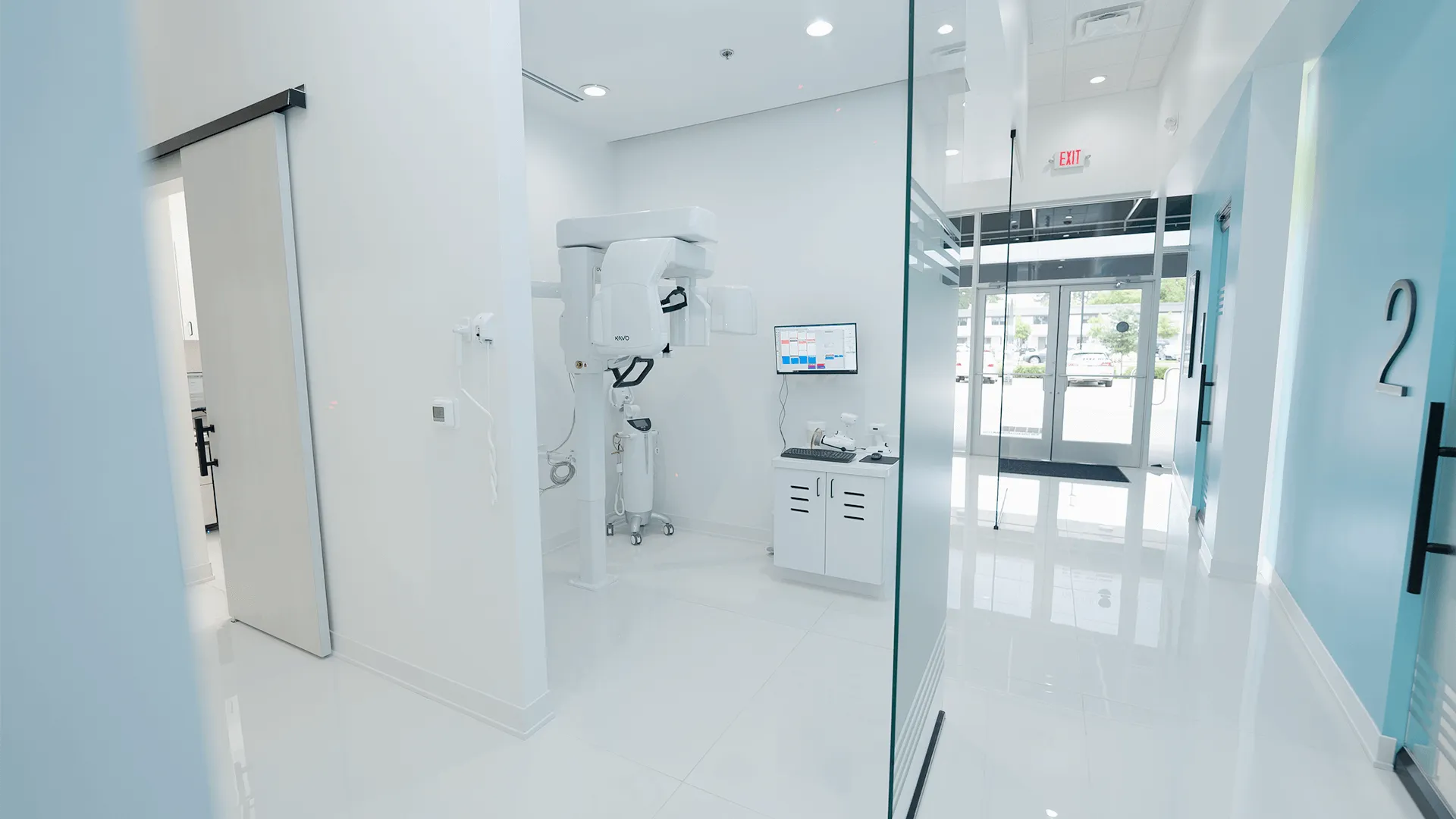

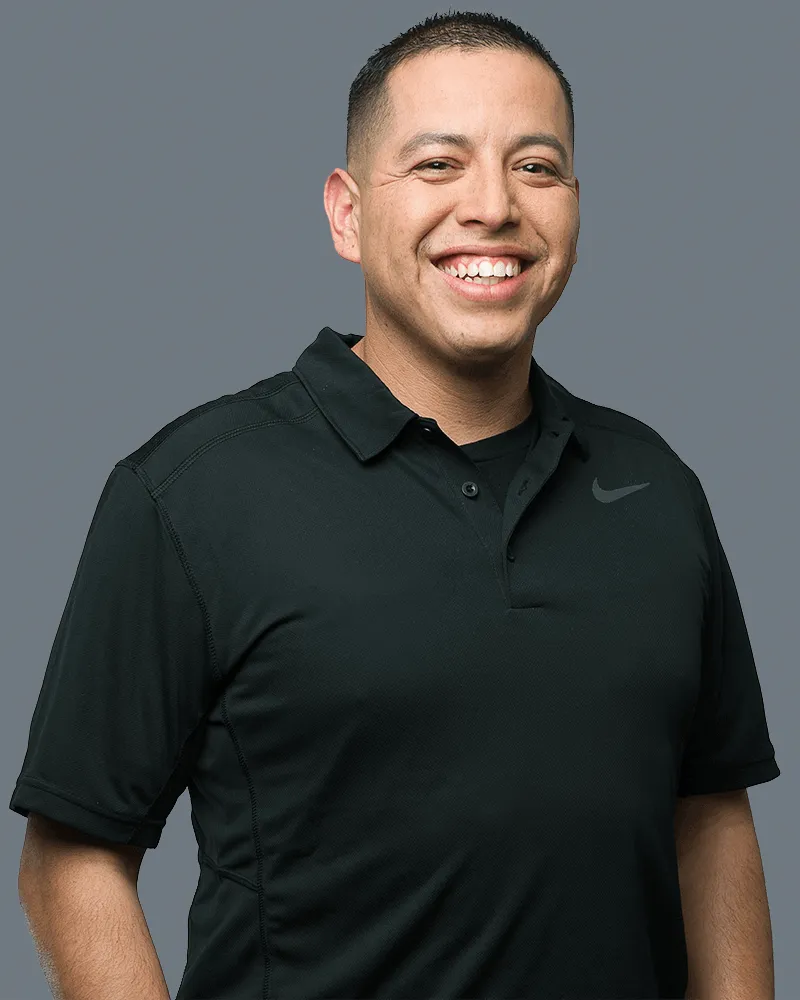
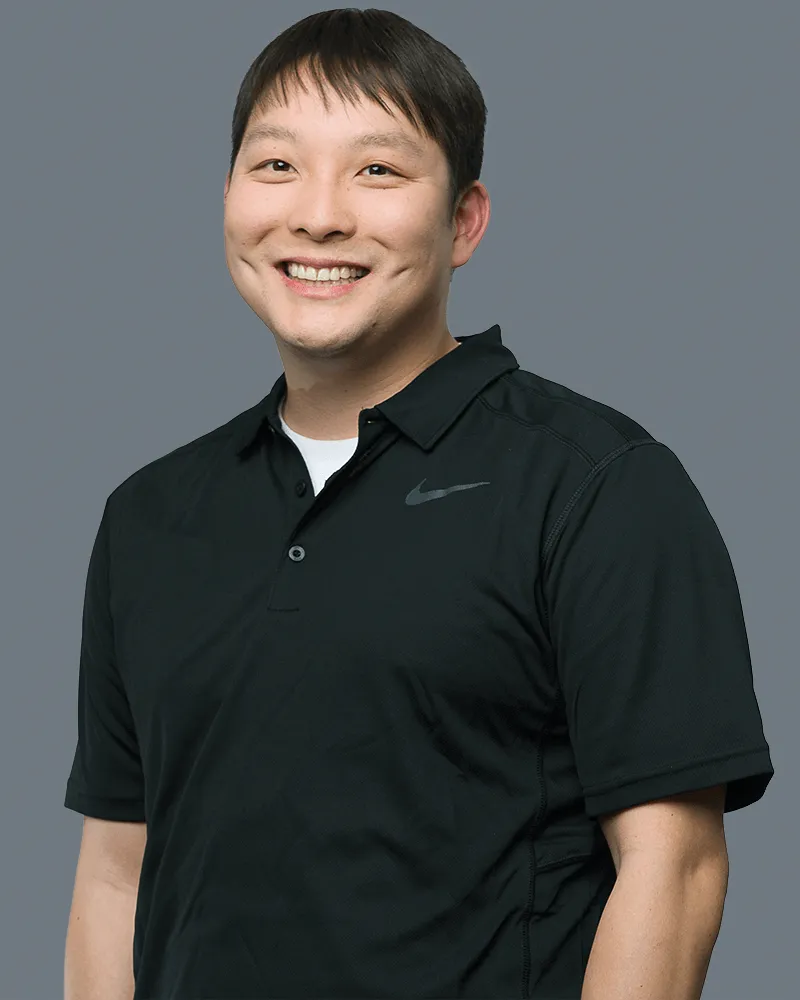

CARING DENTISTS Missouri City, TX
OUR SOCIALS
Check us out and follow our accounts on the following social media platforms....